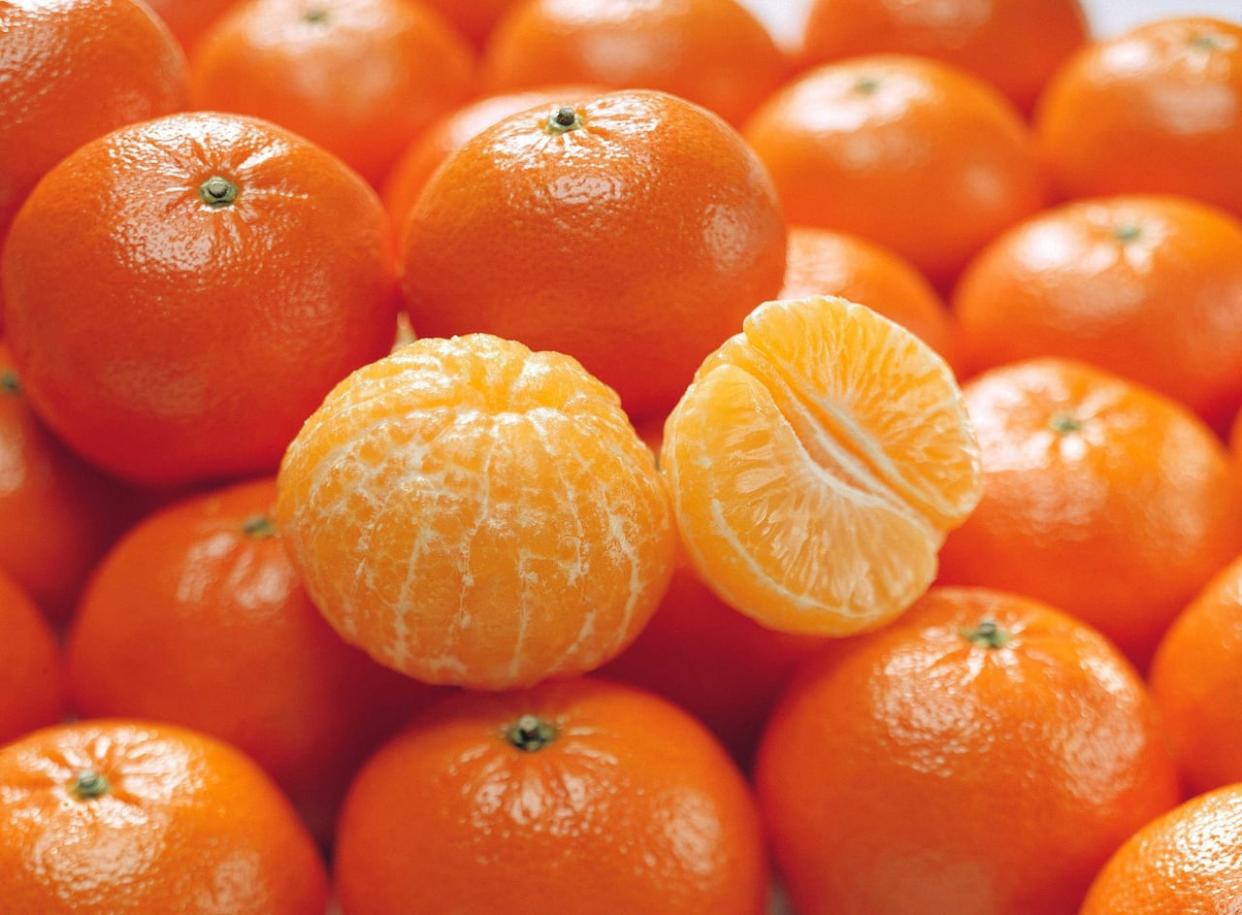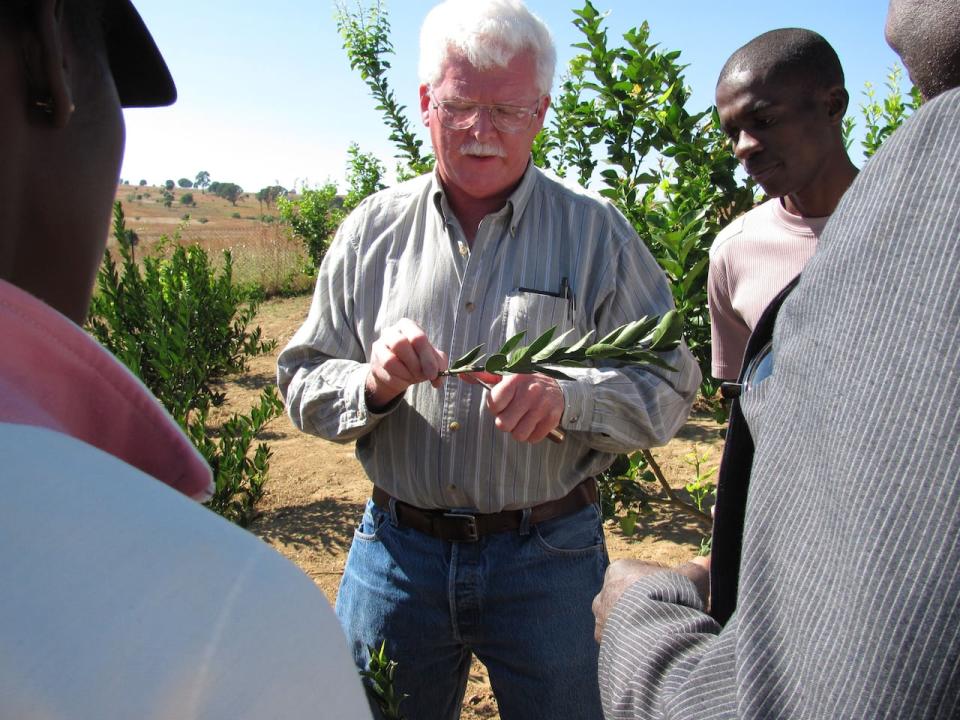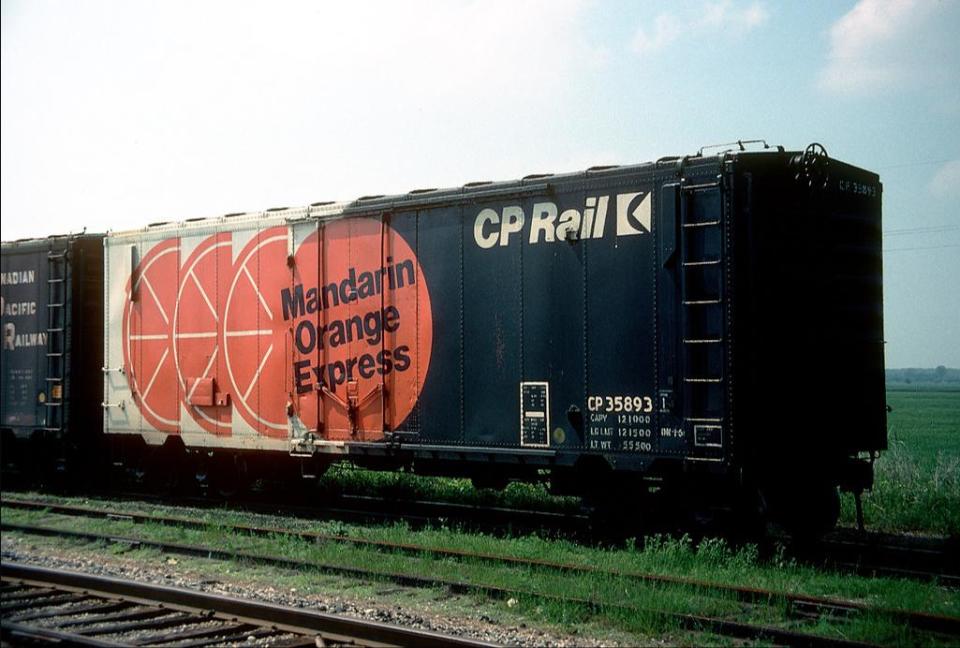Mandarin or clementine? Canada is divided when it comes to big boxes of tiny holiday citrus

Boxes and big bags of tiny orange-coloured citrus fruits are flooding into grocery stores. But are they clementines or mandarins?
Today, the answer depends on where you live in Canada.
In Eastern Canada, cases of clementines are used prominently to draw in shoppers, as seen in this recent flyer from a Real Canadian Superstore in Sudbury, Ont., where a five-pound (2.26 kg) box from Morocco sells for $3.88.

Clementines are the headline at a Real Canadian Superstore in Sudbury, Ont. while mandarins are the star in Calgary. (Flipp App)
But flip through a grocery flyer in Western Canada — such as this one from the same chain in Calgary — and it's bulk packs of mandarins from China that are the star attraction.
What's the difference, anyway?
"Mandarins ... [are] a species of citrus just like an orange is a different species from a grapefruit," said Malcolm Manners, a professor of citrus science at Florida Southern College in Lakeland, Fla.
"Within the mandarins, then, just as you have many varieties of apples, you have many varieties of mandarins — and one of those is clementine."
The citrus expert also noted that the words mandarin and tangerine are interchangeable.
But even though a clementine is a type of mandarin, they're not usually sold under the more generic mandarin label.

Professor Malcolm Manners, centre, is the John and Ruth Tyndall chair in citrus sciences at Florida Southern College. (Supplied by Malcolm Manners)
"A grocery store, if they're selling clementines, they'll sell them as clementines," Manners said, noting that the variety has unique properties, such as usually being seedless.
Mandarin, on the other hand, could refer to any one of five or six varieties that come into season during the year.
According to Walt Breeden, retired vice-president of Canadian sales in B.C. fruit importer Oppy, one of the mandarin varieties most popular in Western Canada is the satsuma.
"It's a softer citrus, and it's more of a sweet-tart taste," he said. "They originated in Japan, they grow them in China now and they also grow them in Korea."

A CP Mandarin Express boxcar in Tilbury, Ont. in 1979. (Joe Lemay / Collection of Geoff Elliott)
Oppy, formerly known as Oppenheimer, first imported the fruit to Canada in 1891 due to demand from Japanese rail workers.
Breeden said satsumas used to be enjoyed by Canadians across the country — there was even a Canadian Pacific train known as the "Mandarin Express" that was would start in Vancouver and head east.
Asian fruit for the west, Mediterranean for the east
But as the cost of freight increased over the years, a market for clementines from Spain and Morocco opened up for the Eastern Canada market.
"We are a very — unfortunately — frugal and cheap consumer of fruits and vegetables in Canada, compared to the rest of the world," said Mario Masellis, vice president of sales and marketing at Catania Worldwide in Mississauga, Ont., a fruit company that imports clementines into Ontario.
Masellis said Mediterranean clementines started really pushing into the east about 30 years ago.
"It's much easier for a container [of clementines] to arrive into Eastern Canada — you'd pay almost double to get them into Western Canada."
But the Manitoba-Ontario border isn't the dividing line between clementine country and Canada's mandarin market.
Northwestern Ontario gets the best of both worlds
While Thunder Bay residents tend to ask for mandarins at this time of the year, thanks to a quirk of geography, shoppers at grocery stores in the city may see boxes of clementines or mandarins — sometimes both — in the produce aisle.
"Thunder Bay is in a very unique position," said Lisa Maltese, who owns the long-standing Maltese Grocery store in the city with her brother.
She said that despite being in Ontario, the province's major distribution hub of Toronto is roughly 1,400 kilometres away, while Winnipeg is half that distance.

Lisa and David Maltese own Maltese Grocery in Thunder Bay, Ont. (CBC)
As a result, grocery stores in northwestern Ontario — especially independent ones like Maltese — source from both major cities, depending on the product.
"Our biggest cost is always going to be freight ... plus what they charge us on fuel surcharge, which is typically another 40 per cent of whatever they bill us," Maltese said.
"If you [have] to travel twice the distance [for a similar product], obviously I'm going to save half the money."

 Yahoo News
Yahoo News 
